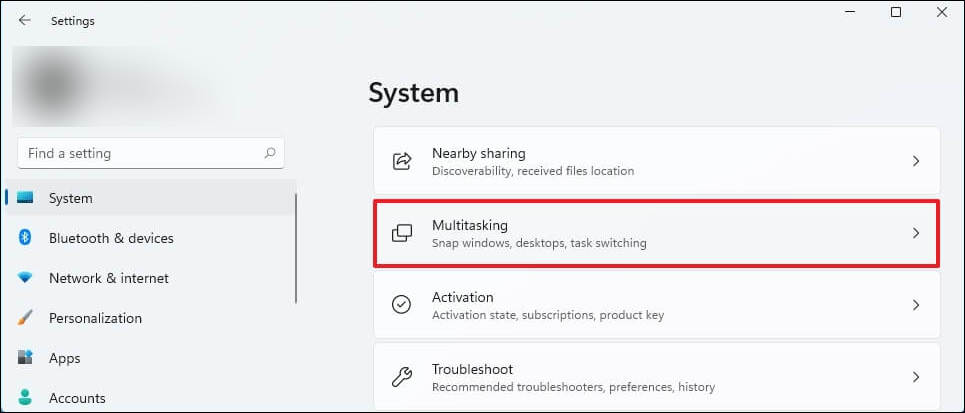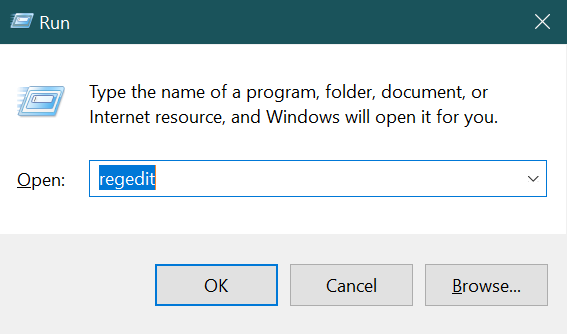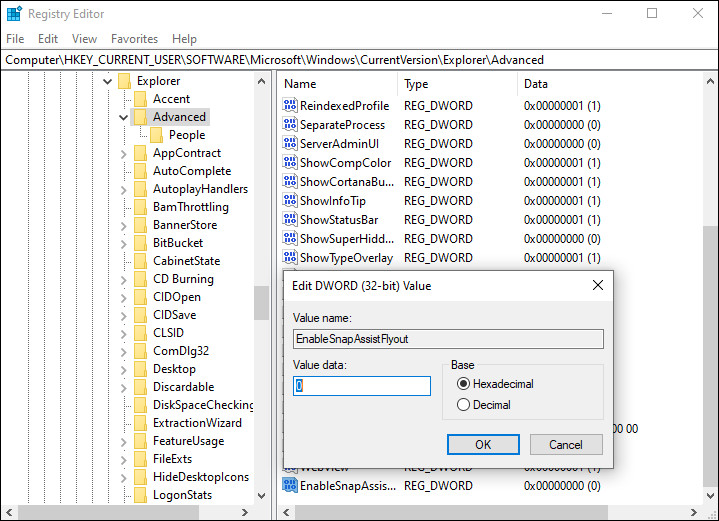Wondering how to enable or disable Snap layouts on Windows 11?
While Windows 11 isn’t exactly revolutionary, snap layouts are one of its most useful features. With snap layouts, you can arrange your apps neatly on your desktop, making it much easier to see and use everything you have at once rather than dragging and dropping them. Besides being easy-to-use, Microsoft says that Windows 11 will automatically remember the layouts you’ve chosen in the past so you can access them easily and quickly in the future.
In this guide, we will walk you through several methods of enabling and disabling snap layouts on Windows 11 in detail.
Let’s get started!
1. Use the Settings App.
The simplest method for executing the task under consideration is through Windows Settings.
It is possible, however, for all Windows 11 users to enable or disable Snap layouts using this method. If there are multiple users on your PC, prevent them from customizing such features using Windows Registry.
- Press Windows + I keys simultaneously on your keyboard to open Windows Settings.
- In the Settings window, select System from the left panel.
- Now click on Multitasking in the right pane.

- In the next window, enable or disable the toggle against Snap windows according to your requirements.
This should make the desired changes in no time.
2. Try Using CleanMyPC.
You may have a corrupt system if you have followed both steps in this guide and have still been unable to accomplish the desired result.
Performing a deep cleaning of your PC is the best way to eliminate any bugs or corruption issues. Using a good PC cleaner may be beneficial in this scenario, as manual cleaning could take a lot of energy and time.
In case you’ve never used a PC cleaner before, we recommend CleanMyPC.

CleanMyPC helps you resolve all PC problems quickly and effectively. It comes with a wide range of tools that include (but are not limited to) a multi-uninstaller, speed boost, and registry cleaner. These tools can optimize your system and fix most problems.
If this looks like something your PC desperately needs, install CleanMyPC now and get your PC up and running like new!
3. Modify Windows Registry.
In Windows, the Registry stores low-level details about the operating system’s processes and applications. Our system mainly uses the Registry to access this information while performing relevant operations, which makes the Registry an important part of our operating system.
In this method, we will modify the keys related to Snap layouts to make our required changes. Make sure, however, that you are logged into Windows as an administrator before proceeding with the method mentioned below.
- Press Windows + R keys simultaneously on your keyboard to open a Run dialogue box.
- Inside the text field of the dialogue box, type regedit and hit Enter to open Windows Registry.

- Once you are inside the Registry Editor, navigate to the location mentioned below.
HKEY_CURRENT_USER\Software\Microsoft\Windows\CurrentVersion\Explorer\Advanced
- With the Advanced key selected, right-click anywhere in the right pane and select the New > Dword (32-bit) Value option.
- Rename this newly created value as EnableSnapAssistFlyout.
- Now double-click on EnableSnapAssistFlyout and to enable snap layout, type 1 under Value data. To disable it, type 0 under Value data and hit Enter.

- Finally, close Windows Registry and restart your PC to save the changes.
Doing so will make administrative-level changes on all user accounts on your PC.
This brings us to the end of our guide on enabling and disabling Snap layouts in Windows 11. We tried walking you through all the steps in detail and hope that one of the methods mentioned in this post did the trick for you. In case you still have any confusion about the steps, please let us know in the comment section below!
If this guide helped you, please share it. 🙂





